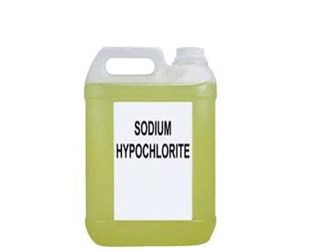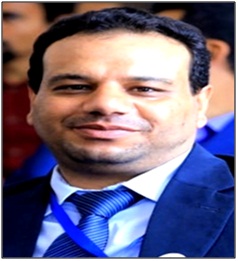ANTIMICROBIAL ACTIVITY OF SODIUM HYPOCHLORITE, NANO SILVER AND CHLORHEXIDINE AGAINST MONO-SPECIES BIOFILMS OF SELECTED MICROORGANISMS OF ORAL SOURCES
Keywords:
Candida albicans, Chlorhexidine, Endodontic-irrigating, Enterococcus faecalis, Nanosilver, Pseudomonas aeruginosa, Sodium hypochlorite, S. aureusAbstract
Background: Among the measures involved in the control of endodontic infection, irrigation is an important factor in the elimination of microorganisms present in the open root canal. It is known that mechanical debridement alone does not result in a complete or permanent reduction of bacteria, therefore antimicrobial agents are used as an aid to mechanical cleaning to completely kill or reduce the number of microorganisms.
Aim: To investigate the antimicrobial activity of 2.5%, 5.25% sodium hypochlorite and 2.0% chlorhexidine liquid and as the first new study of 60 mg/L silver nanoparticles as an endodontic-irrigating substances against single-species biofilms.
Methods: Biofilms of Enterococcus faecalis, Staphylococcus aureus, Pseudomonas aeruginosa and Candida albicans oral sources were produced on a cellulose nitrate membrane placed on agar medium. Membrane filters were transferred to tubes containing 2 mL of fresh broth medium plus neutralizers. Microorganisms were suspended using a vortex, and the inoculum was serially diluted 10-fold. Aliquots of the dilutions were placed on 5% blood agar medium and incubated under appropriate gaseous conditions. Colony forming units were calculated.
Results: The antimicrobial agents in liquid presentation, especially 5.25% NaOCl, 2% chlorhexidine, and 2% nano-silver liquid killed the tested microorganisms more rapidly with mean rank equal to 1.4, 1.9, and 1.6, respectively. Saline did not inhibit the growth of any of the tested microorganisms, as it was statistically (p < 0.05) different for NaOCl, Nano-silver and chlorhexidine.
Conclusions: Preferring agents in liquid supply to get rid of biofilm microorganisms, especially 5.25% NaOCl and 60mg/L nanosilver liquid.

Peer Review History:
Received: 4 December 2021; Revised: 9 January 2022; Accepted: 11 February, Available online: 15 March 2022
Academic Editor: Dr. Nuray Arı , Ankara University, Turkiye, ari@ankara.edu.tr
, Ankara University, Turkiye, ari@ankara.edu.tr
Reviewers:
 Prof. Dr. Gorkem Dulger, Duzce University, Turkey, gorkemdulger@yandex.com
Prof. Dr. Gorkem Dulger, Duzce University, Turkey, gorkemdulger@yandex.com
 Dr. Rawaa Souhil Al-Kayali, Aleppo University, Syria, rawah67@hotmail.com
Dr. Rawaa Souhil Al-Kayali, Aleppo University, Syria, rawah67@hotmail.com
 Dr. Wadhah Hassan Ali Edrees, Hajja University, Yemen, edress2020@gmail.com
Dr. Wadhah Hassan Ali Edrees, Hajja University, Yemen, edress2020@gmail.com
Downloads

Published
How to Cite
Issue
Section

This work is licensed under a Creative Commons Attribution-NonCommercial 4.0 International License.









 .
.